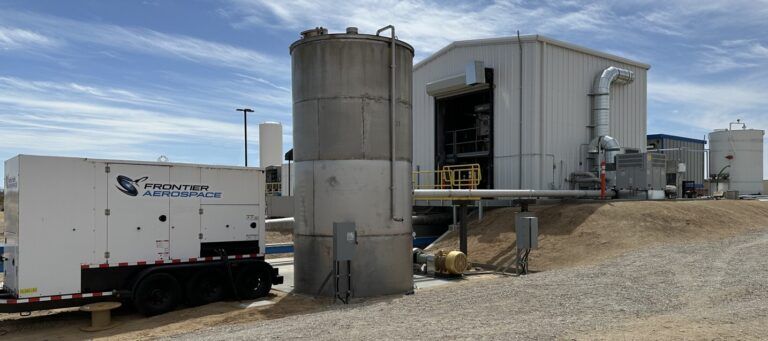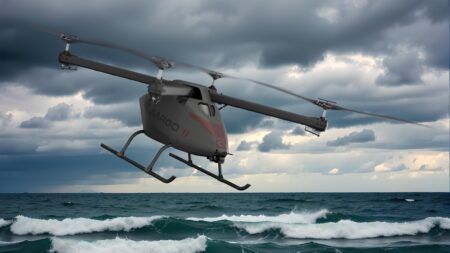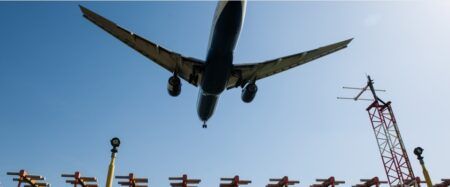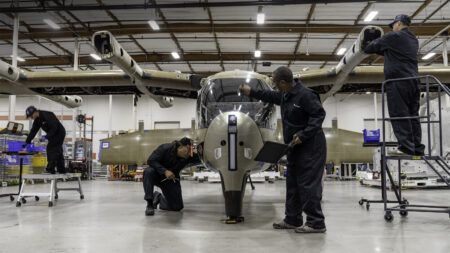Frontier Aerospace has successfully completed the first hot-fire of its new hypergolic vacuum test stand at its Thousand Oaks, California, USA facility this week. The inaugural campaign validated the company’s latest MON/MMH satellite engine and marks a major expansion of Frontier’s in-house testing capability.
According to Frontier, the new facility addresses a critical bottleneck in US hypergolic propulsion testing capacity. Demand for hypergolic propulsion is growing across military satellite programs, NASA lunar exploration missions, and commercial space applications, yet existing testing facilities remain fully booked with waiting times extending months or years.
“There is a clear need for faster, more flexible propulsion testing,” said Jim McKinnon, CEO of Frontier Aerospace. “After testing at several different facilities with varying limitations, we decided to build a facility that delivers superior data, greater schedule certainty and rapid turnaround time.”
The test stand supports steady-state and pulse-mode engine firings up to 1,000lbf (4,448N) under vacuum conditions. Extensive instrumentation, high-speed data acquisition, and propellant-temperature conditioning deliver high-fidelity performance data across hypergolic propellants, including MON-25/MMH and advanced formulations.
The facility enables accelerated development and qualification through rapid, iterative hot-fire testing. The stand accommodates a broad range of thrust classes and propellant temperatures for missions from lunar landers to missile defense applications.
“Our customers can now qualify their engines on an accelerated cadence,” added McKinnon.
End-to-end in-house testing streamlines program schedules, reduces reliance on external testing facilities and provides cost-effective solutions. The new capability positions Frontier to support commercial and defense spacecraft programs with increased speed and reliability.
